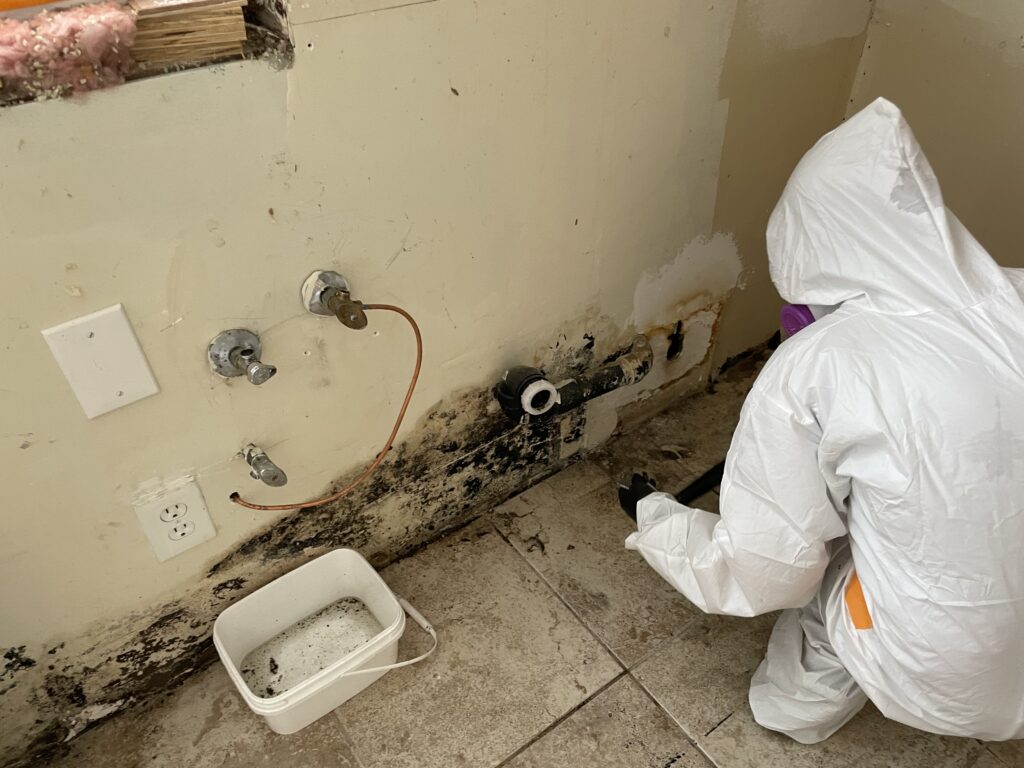Preventing Mold Growth In Humid Climates – Easy-to-Follow Advice
Mold can be a persistent and destructive intruder in any home, but those in humid environments fall victim to it most often. That’s why preventing it from forming and growing is one of the most important tasks of homeowners in climates with high humidity.
The truth is, though, that finding the best ways to do so may not be the easiest of tasks. Many will say this or that works best, but in practice or your home, they might not.
So, we’re here to give you easy instructions for preventing mold in a humid climate so that you can protect your home from this pesky intruder.
Let’s go!
Why Are Homes In a Humid Climate at Higher Risk?
Mold can appear in any home, so why are we specifically discussing those set in humid environments?
Well, the answer is simple – humidity is the breeding ground for black mold and mildew.
If mold does appear in other climates, it will do so in rooms with more moisture, such as kitchens, bathrooms, toilets, basements, and attics. A humid climate means that mold can appear in any room in the house.
How to Prevent Mold In Humid Environments?
1. Keep surfaces in more humid rooms dry. This especially goes for bathrooms, toilets, and kitchens. After you’ve used the shower, wipe down the glass and tiles with a towel. After cleaning and rinsing the surfaces, don’t forget to dry them, as well.
2. Airflow. Airborne toxins that come from mold can be harmful to people and animals, so keeping a flow of air helps improve its quality and health. What’s more, it allows for quicker drying of moisture in rooms and the air itself, which is crucial in preventing mold growth in humid climates.
3. Use ventilation. In parts of the home where natural airflow isn’t available as much, such as the ones we’ve previously stated, it’s good to use artificial ventilation. Many bathrooms have built-in ventilation, but places like attics and basements often don’t.
4. Get air-purifying plants. While this may not be the most obvious solution, it can be of great help. Many plants have air purifying abilities, which can greatly assist you in getting quality air in your home. What’s more, if mold does happen to grow in your home, the plants will help eliminate the toxins that are released into the air by the mold.
5. Use dehumidifiers. There are great products that can help regulate the level of humidity in your home and keep it under 60%. They can be adjusted to your liking and are especially convenient for areas with limited ventilation and natural airflow
6. Fix leaks immediately. Don’t wait to fix any leakages in your home as soon as you notice them. They are a huge risk for mold.
7. Seal doors and windows. As the climate is humid, seepage of outside air can be detrimental to the climate of your home. There’s no point in securing dry, clean air inside the house if outside air keeps coming in.
Don’t Hesitate To Call Professionals
If you’re living in a humid climate, taking proactive steps to prevent mold growth is essential for maintaining a healthy and safe home environment.
If you still cannot prevent or get rid of mold, give MoldFix a call and get the best mold removal and remediation services.
Our mold removal specialists will take care of your mold problem in no time!



